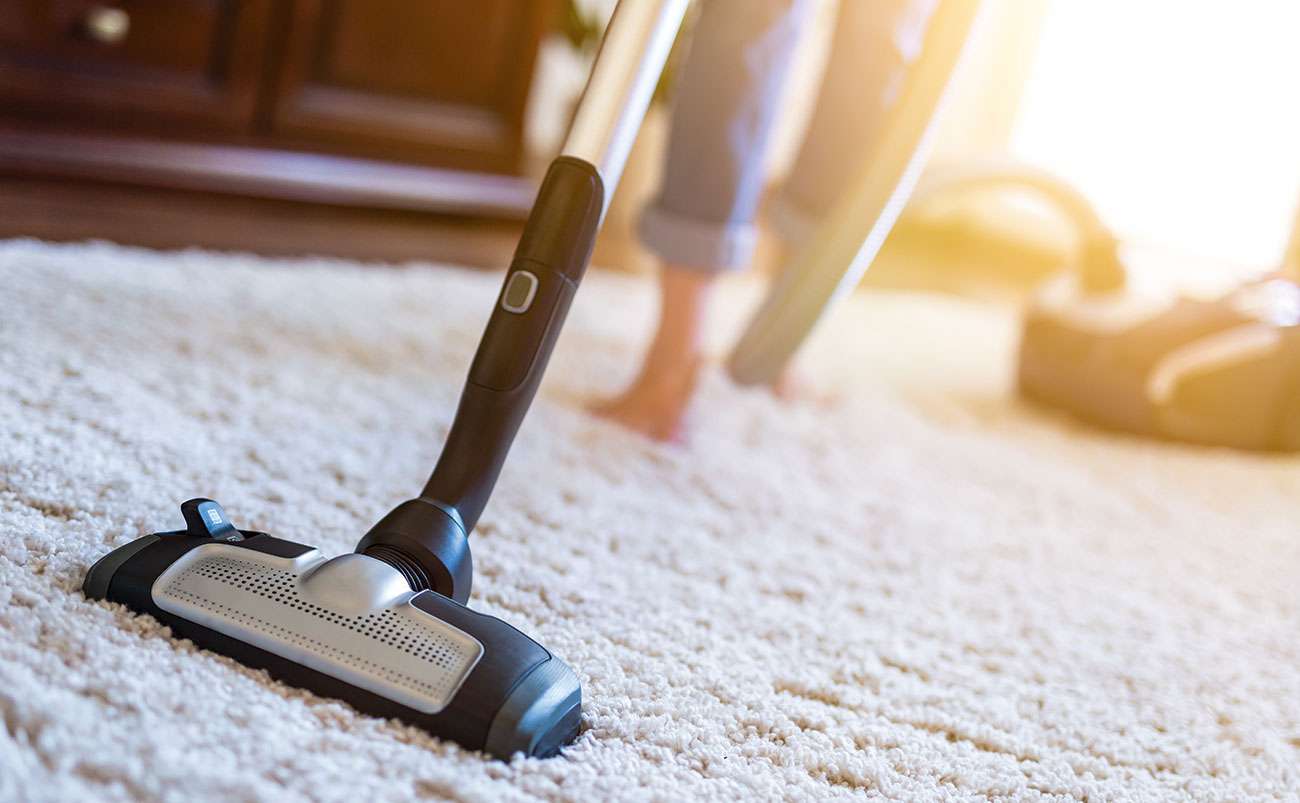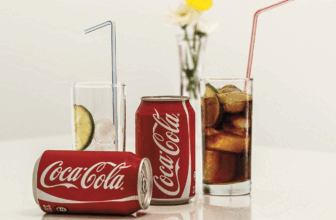
It is widely reported that the average home contains 62 toxic chemicals! Quite shocking isn’t it! Indeed an estimated 80,000 new chemicals have been created over the last 50 years, but what’s hard to believe is that only about 200 of them have ever been tested for their effects on human health.
One of the new groups of chemicals that has been extensively studied are phthalates (pronounced thalates) and the findings do not make good reading. These noxious chemicals have been linked with conditions including asthma, breast cancer, ADHD and obesity.
Phthalates are widely used in the manufacture of plastics, personal care products and household cleaning products. Because they are so widespread in our homes we breathe them in, we swallow them and we can even absorb them through our skin. So how do we minimise our exposure to them in our homes?
Dust and Vacuum Regularly
These products are so widely used in our homes that they are ever present in household dust. Keeping your home as dust free as possible will limit how much you breathe in every day. Dust, using just a duster, slightly dampened, no furniture polish required (that could contain phthalates!), on a weekly basis will limit the build-up. Vacuuming will also help limit dust that is lurking in your carpets. Those most vulnerable are small children as they spend a lot of time playing on the floor so vacuuming will also reduce their risk of exposure.
Avoid Plastic Storage Containers
Try to limit what food you buy in plastic containers or plastic bags and use food storage containers that don’t contain phthalates. (see information on recycling below). And especially don’t put warm food into plastic storage containers as chemicals are more likely to leach out. Instead choose glass or metal containers.
Look for “Phthalate-Free” Products
The best way to avoid them in personal care products and cleaning products is to look at the ingredients list. On a product label the term “phthalate” is generally in the name, such as “diethyl phthalate”. However if a product has a fragrance manufacturers are not required to list the actual ingredients. So instead look for products where the scent’s ingredients are listed individually. Choose alternative products that contain essential oils, or are labelled as having “no synthetic fragrance” or are “phthalate-free”. Anything that simply says “fragrance” should be avoided!
Know your Recycling Symbols
As we’re coming up to Christmas and many of us will be buying toys for children it’s hard to avoid plastic altogether. Choose products with the recycling symbol 1, 2, 4 and 5 and avoid completely those with the recycling symbol 3 and 7. In an ideal world we would avoid plastic completely for the youngest members of the family who are prone to putting everything into their mouths!











